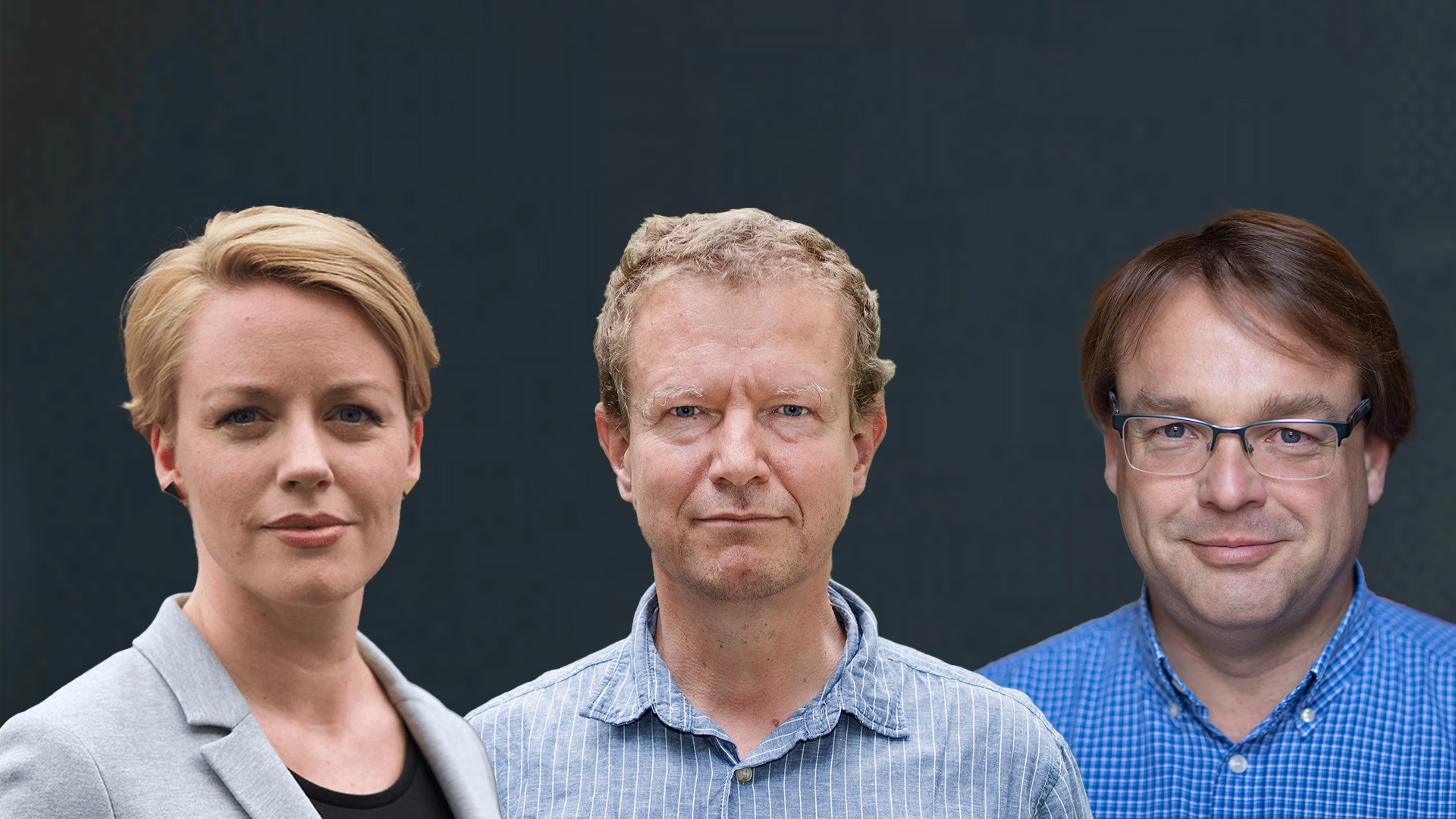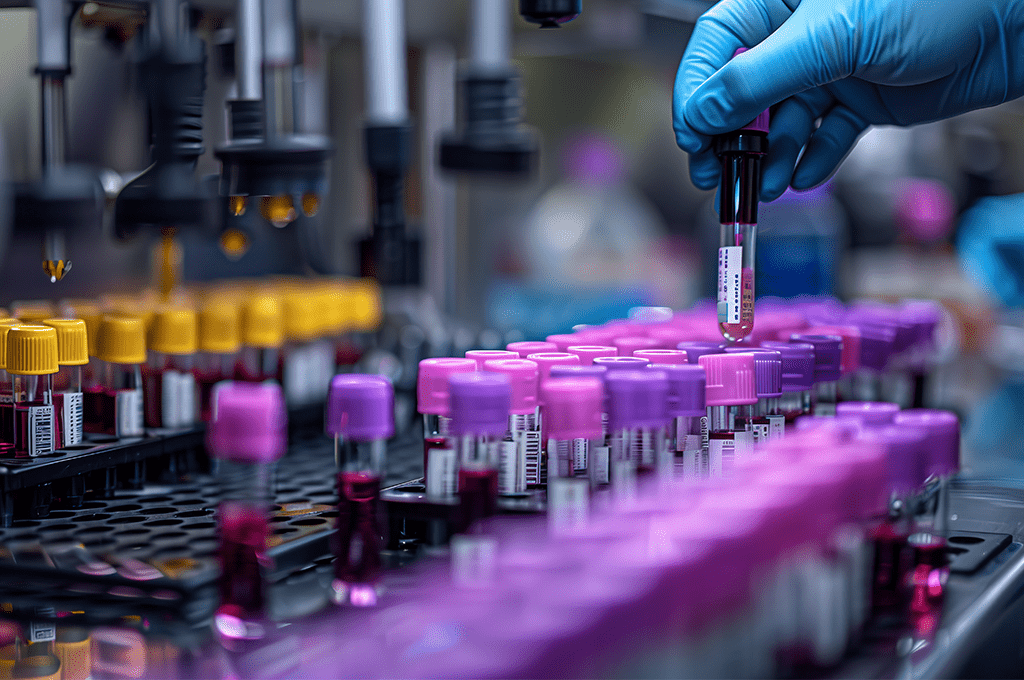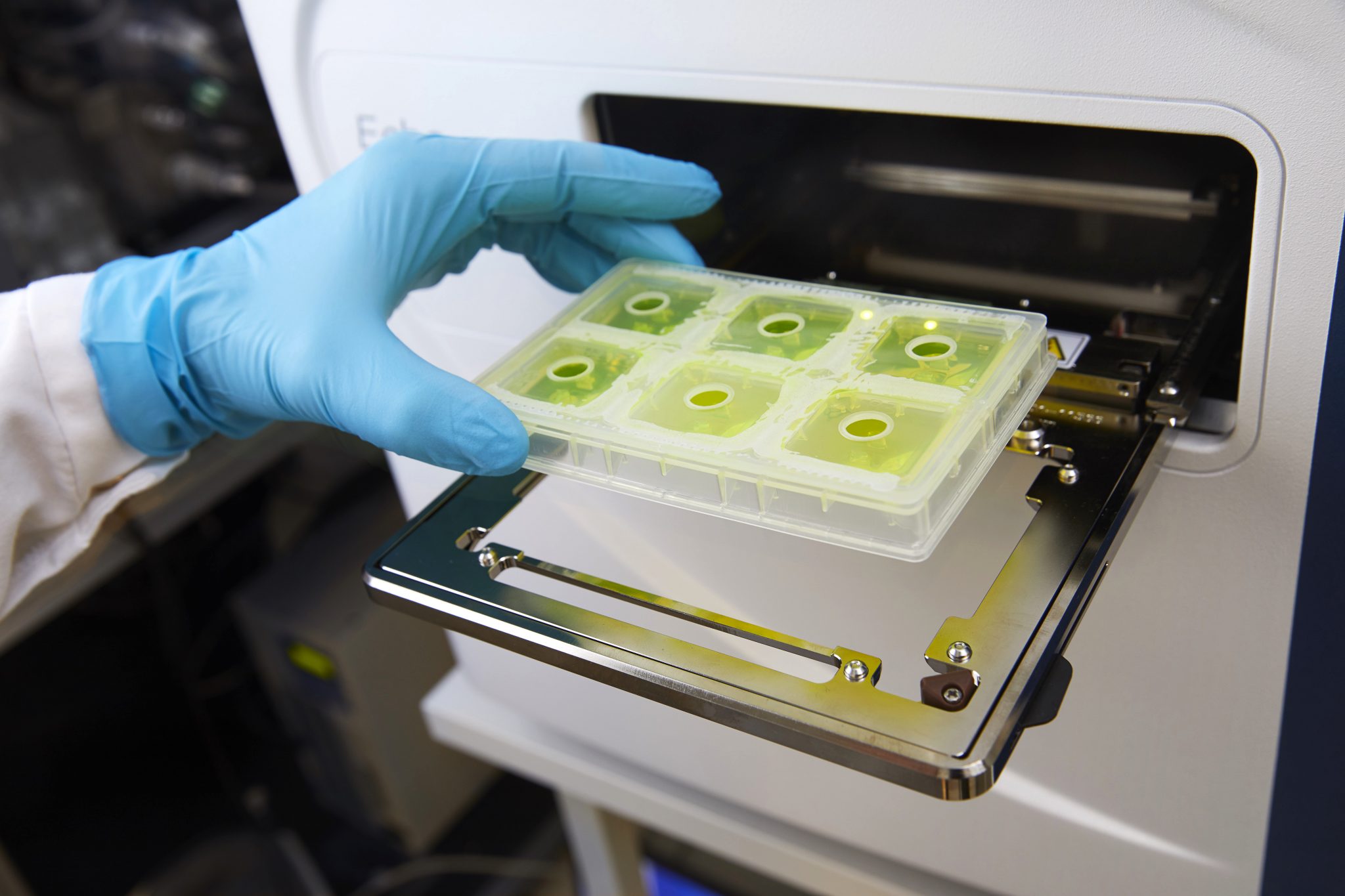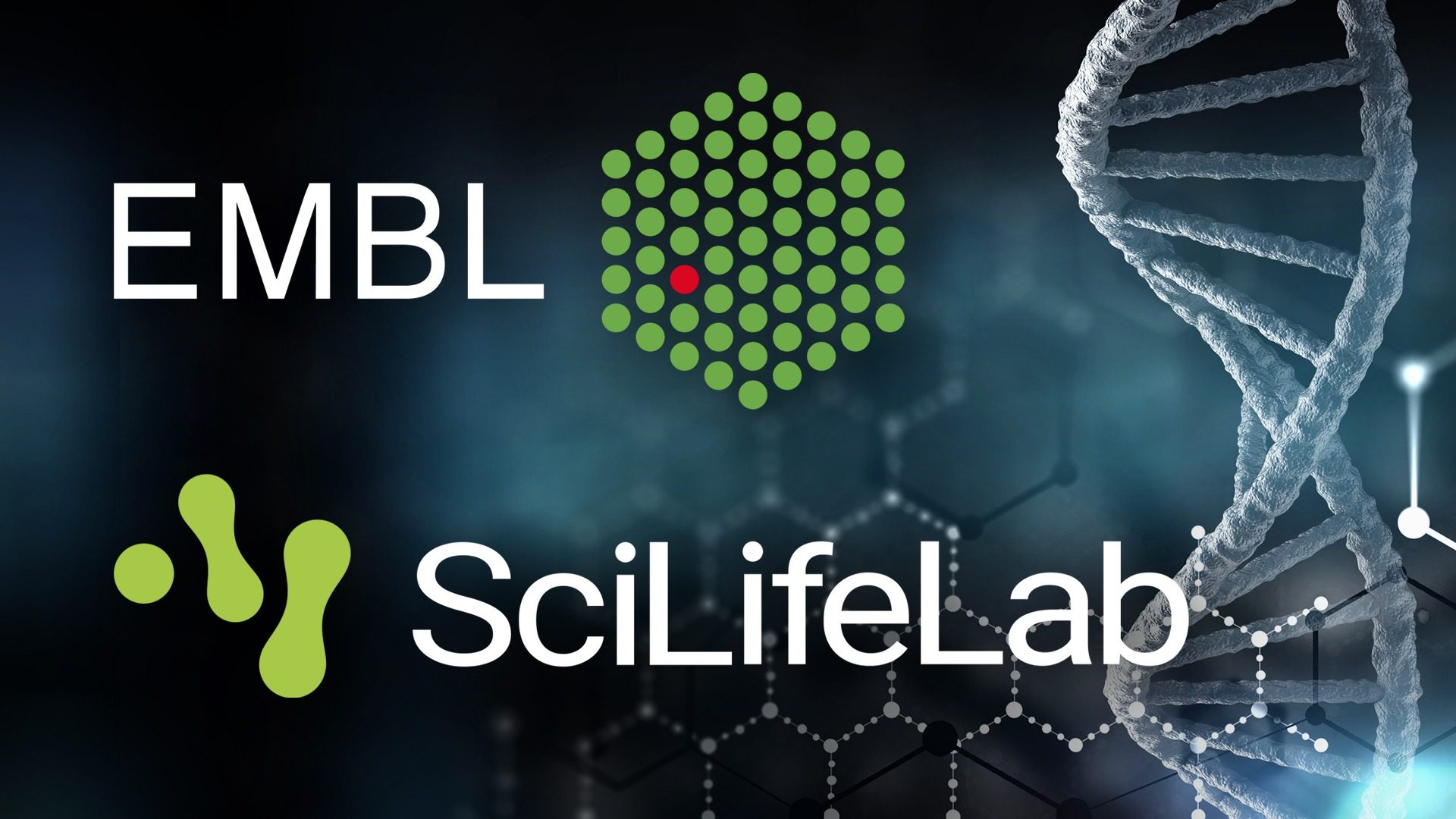DNA gold threads close electrical circuits in biosensors
By letting DNA strands grow together with gold, scientists at Uppsala Berzelii Centre for Neurodiagnostics and Science for Life Laboratory have developed a brand new concept for super sensitive diagnostics of different diseases. The study will be published in the upcoming issue of ACS Nano.
In the new study, the researchers have developed a new method for detecting DNA with an extremely strong signal. The method relies on growth of a DNA strand over a narrow gap between two electrodes in an electric circuit. The strand will only grow if a certain DNA molecule has bound to the surface of one electrode, which makes it possible to build diagnostic tests for detection of that specific DNA molecule.
“We believe that the incredibly strong signal registered when we succeed in growing a golden strand between the electrodes will be possible to turn into a diagnostic test with extreme sensitivity and specificity. Such tests are needed for many diseases where the DNA molecules you are looking for are present only in very small numbers”, says Professor Mats Nilsson, Science for Life Laboratory, who has led the study.
DNA itself does not conduct electricity, but by adding nano particles of gold along the DNA strand, which is then thickened using a gold salt solution, thin gold threads are created within a few minutes which conduct electricity very effectively. When such a strand is created the resistance of the circuit decreases by a factor of a billion.
Camilla Russell, PhD student at Uppsala Berzelii Centre for Neurodiagnostics at Uppsala University and the researcher who has carried out the work, sees great potential in the ‘golden strand’ method:
“It should be possible to build very simple test kits using this method, and one test kit can contain many separate sensors to trace a large number of different DNA molecules”, she says.
Fredrik Nikolajeff, Director of Uppsala Berzelii Centre, sees a continued development of the project:
“This is a long-term project for developing new sensitive analysis methods which can be used for early diagnostics, for following how diseases develop and to speed up drug development. We want to continue supporting Camilla’s exciting results through a commercialisation process where we will cooperate with Uppsala University’s business collaboration unit UU Innovation”, he says.
Read the scientific article
News article from Uppsala University (in English)
News article from Uppsala University (in Swedish)




